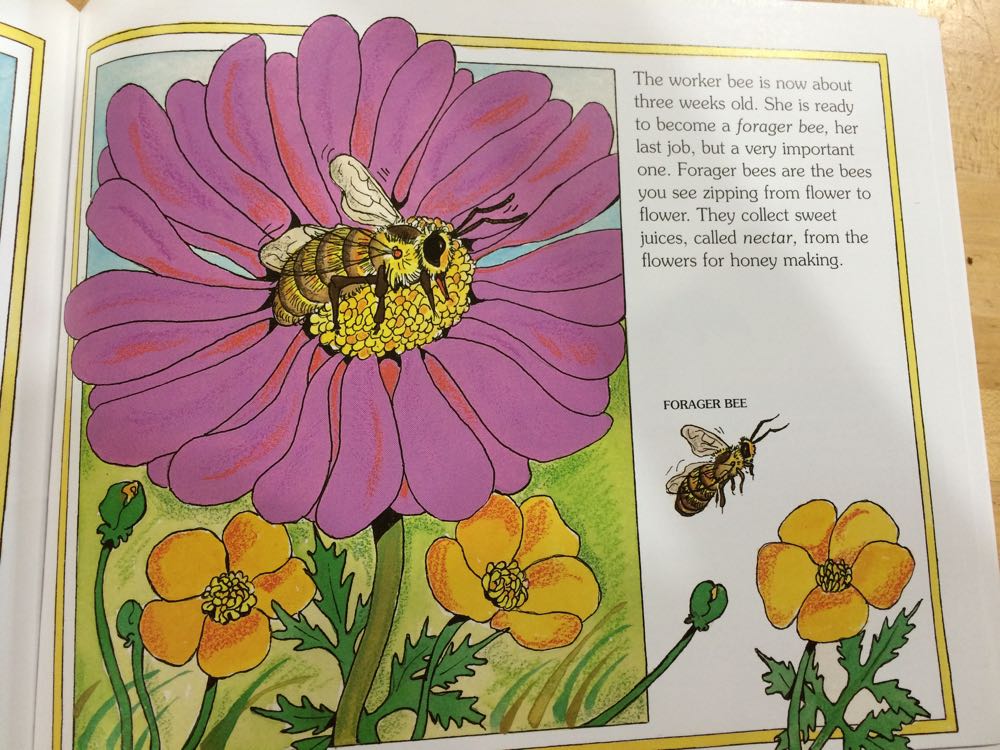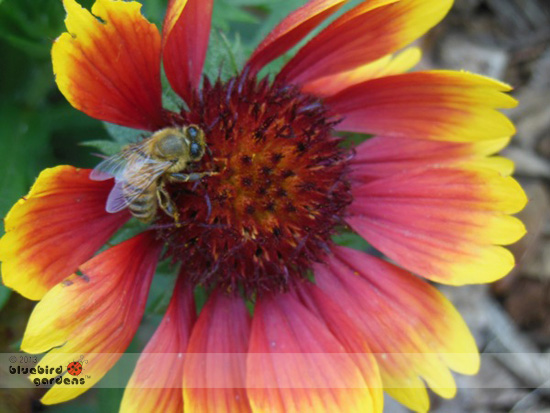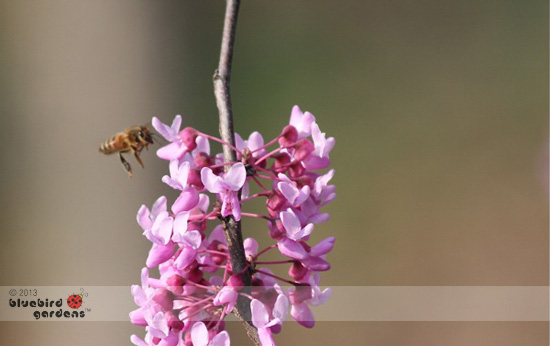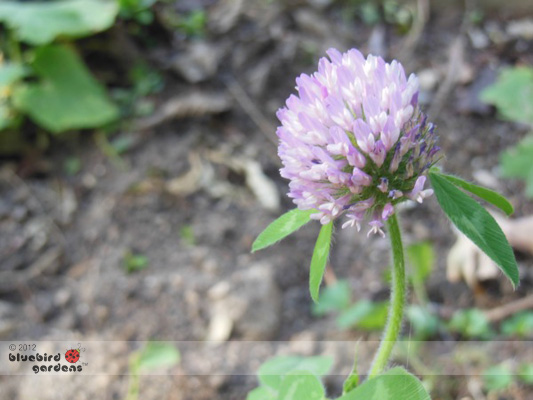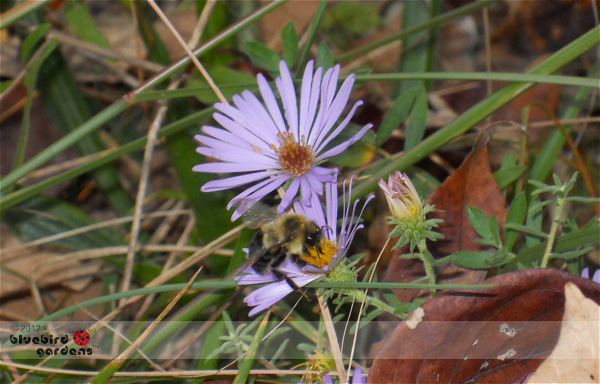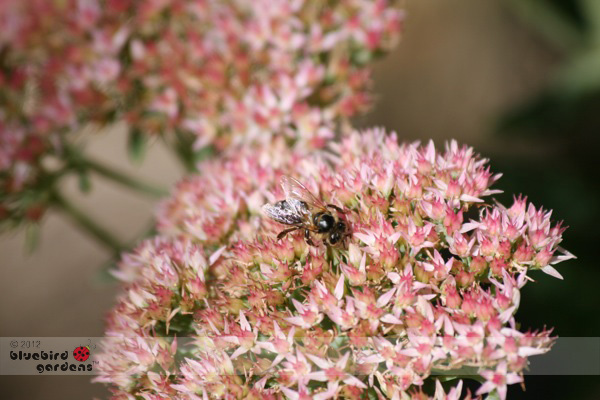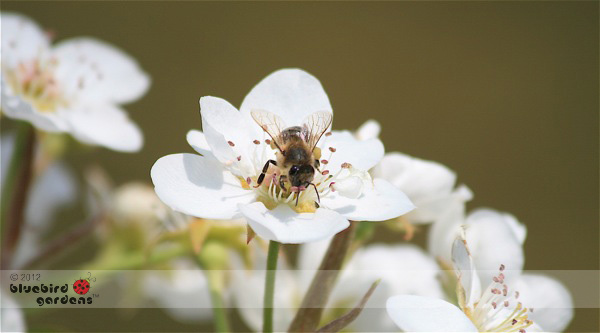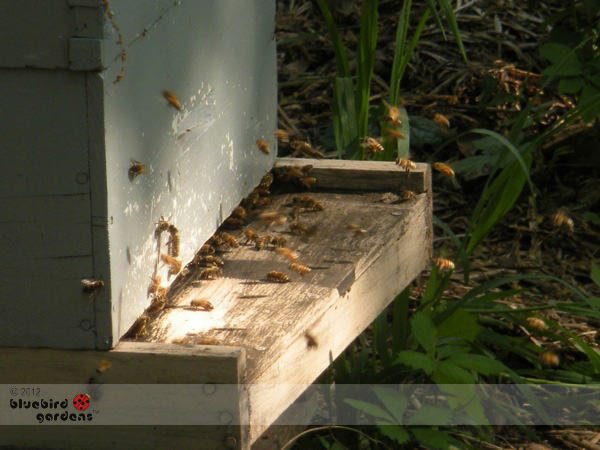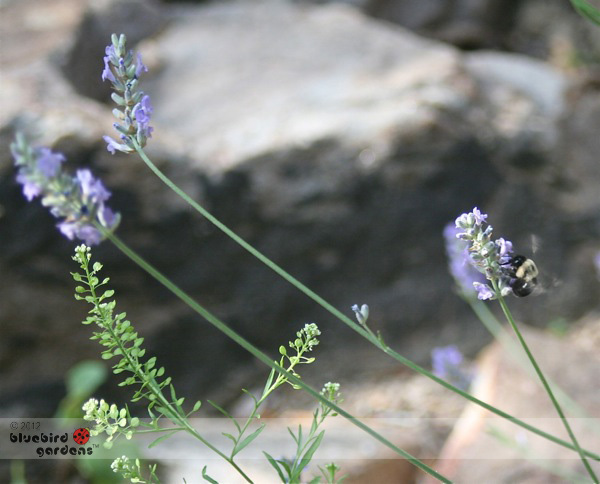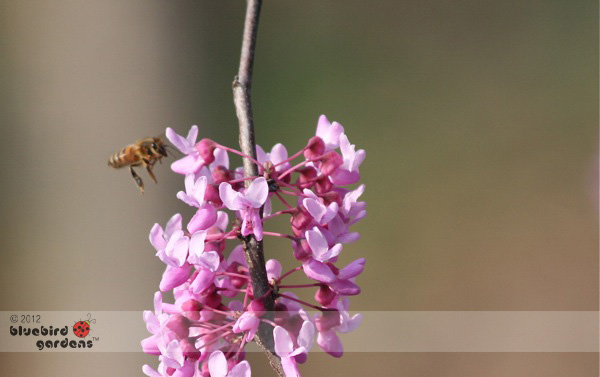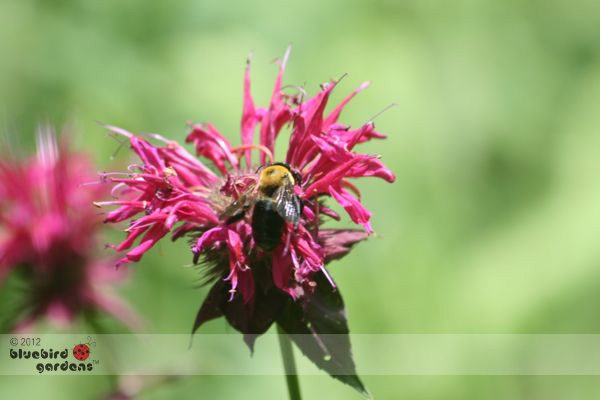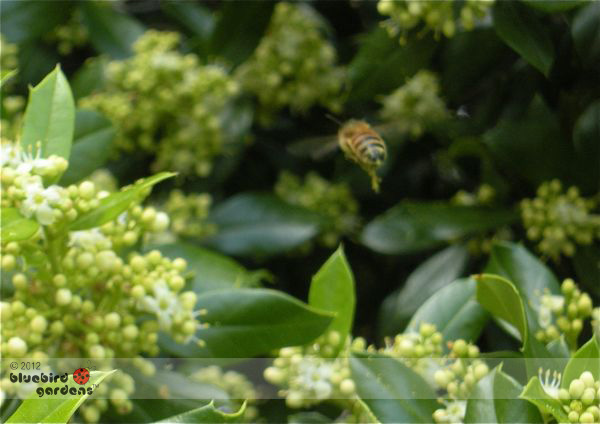The Honey Makers Book by Gail Gibbons
/This charming children's book easily explains the role of bees in our ecosystems.
The Honey Makers Book by Gail Gibbons
If you are looking for a bee book for a child, the Honey Makers by Gail Gibbons is an excellent choice.
The colorful paperback book has charming illustrations of bees and beekeeping. The explanations are simply clear, and the concepts cover the basics from the role of bees in pollination to the various places they live.
One of the pages in Gail Gibbons "The Honey Makers" showing the various bee homes.
Even if the gift recipient is young and can't read, the illustrations convey the relationship bees have to flowers.
When my brothers were growing up, they loved well-illustrated books and would make their own stories based on the drawings and pictures.
Our grandmother, who worked at a used book store in California, would send us wonderful books for Christmas gifts. After the furor of unwrapping presents, we would all settle down to leaf through books together, each one an invitation to a new place or adventure.
A forager bee visits a flower in Gail Gibbon's "The Honey Maker" color illustrations.
To further personalize, add a little jar of your honey and a gift card inviting the child to an apiary visit next spring. Children are the future of beekeeping. The earlier we can get them engaged, the better we will all "bee"!
Do you have a favorite children's beekeeping book?
Charlotte



